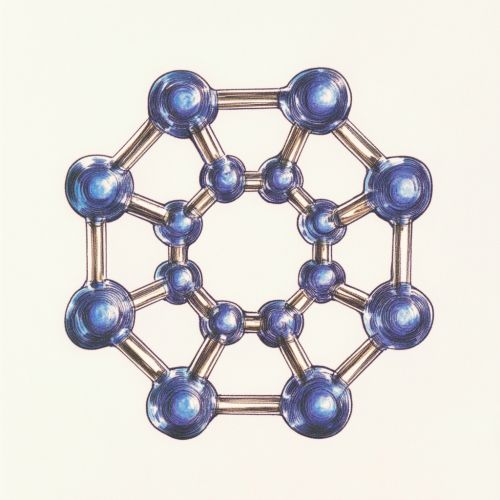Friedrich Kekulé
Early Life and Education
Friedrich August Kekulé, later known as August Kekulé, was born on September 7, 1829, in Darmstadt, Germany. He was the son of a civil servant and grew up in a family that valued education and intellectual pursuit. Kekulé's early education was marked by a strong foundation in the classics, as well as an interest in the natural sciences. This dual focus on humanities and sciences would later influence his approach to chemical research.
Kekulé attended the University of Giessen, where he initially studied architecture before shifting his focus to chemistry under the guidance of Justus von Liebig, a prominent chemist of the time. Liebig's influence was pivotal in shaping Kekulé's scientific career, providing him with a rigorous training in chemical analysis and experimental techniques. After completing his studies in Giessen, Kekulé continued his education at the University of Paris, where he worked with renowned chemists such as Charles Frédéric Gerhardt and Charles-Adolphe Wurtz. These experiences broadened his understanding of organic chemistry and exposed him to the latest developments in the field.
Academic Career and Contributions
Kekulé's academic career began in earnest when he was appointed as a lecturer at the University of Heidelberg in 1856. His early research focused on the structure and reactivity of organic compounds, particularly those containing carbon-carbon bonds. During this period, Kekulé developed his theory of chemical structure, which proposed that atoms in organic molecules are connected in specific arrangements, forming a distinct molecular architecture. This theory was a significant departure from the prevailing ideas of the time and laid the groundwork for modern structural chemistry.
In 1858, Kekulé published a seminal paper outlining his ideas on the tetravalency of carbon and the ability of carbon atoms to form chains, a concept that would become known as the Kekulé structure. This work provided a systematic framework for understanding the structure of organic compounds and was instrumental in the development of the structural formula notation used in chemistry today.
Kekulé's most famous contribution to chemistry came in 1865 with his proposal of the structure of benzene. He famously described the structure as a hexagonal ring of carbon atoms, each bonded to a hydrogen atom, with alternating single and double bonds. This model, often referred to as the Kekulé benzene model, was revolutionary in its explanation of benzene's unique stability and reactivity. Although later refined by the concept of resonance and the development of quantum chemistry, Kekulé's benzene structure remains a cornerstone of organic chemistry.


Influence and Legacy
Kekulé's work had a profound impact on the field of chemistry, influencing generations of chemists and shaping the direction of chemical research. His ideas on chemical structure provided a foundation for the development of stereochemistry, the study of the spatial arrangement of atoms in molecules, and the concept of isomerism, which describes compounds with the same molecular formula but different structures.
Kekulé's contributions extended beyond theoretical chemistry. He was an influential educator and mentor, training many students who would go on to become prominent chemists in their own right. His teaching emphasized the importance of visualization and model-building in understanding chemical phenomena, an approach that continues to be a central tenet of chemical education.
Throughout his career, Kekulé received numerous honors and accolades for his contributions to science. He was elected to prestigious scientific societies, including the Royal Society and the French Academy of Sciences, and was awarded honorary degrees from several universities.
Personal Life and Character
Despite his scientific achievements, Kekulé was known for his modesty and humility. He was deeply committed to his family and maintained a close relationship with his students and colleagues. Kekulé was also an avid lover of the arts, particularly music and literature, which he believed enriched his scientific work.
Kekulé's personal life was marked by a strong sense of duty and responsibility. He was actively involved in various scientific and educational organizations, advocating for the advancement of science and the dissemination of knowledge. His dedication to the scientific community and his contributions to the field of chemistry have left an enduring legacy.
Later Years and Death
In his later years, Kekulé continued to be active in the scientific community, although his health began to decline. He retired from his academic position in 1890 but remained engaged in research and writing until his death. Friedrich Kekulé passed away on July 13, 1896, in Bonn, Germany, leaving behind a rich legacy of scientific discovery and innovation.
